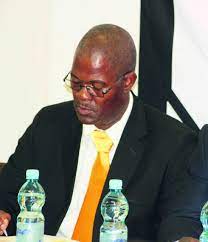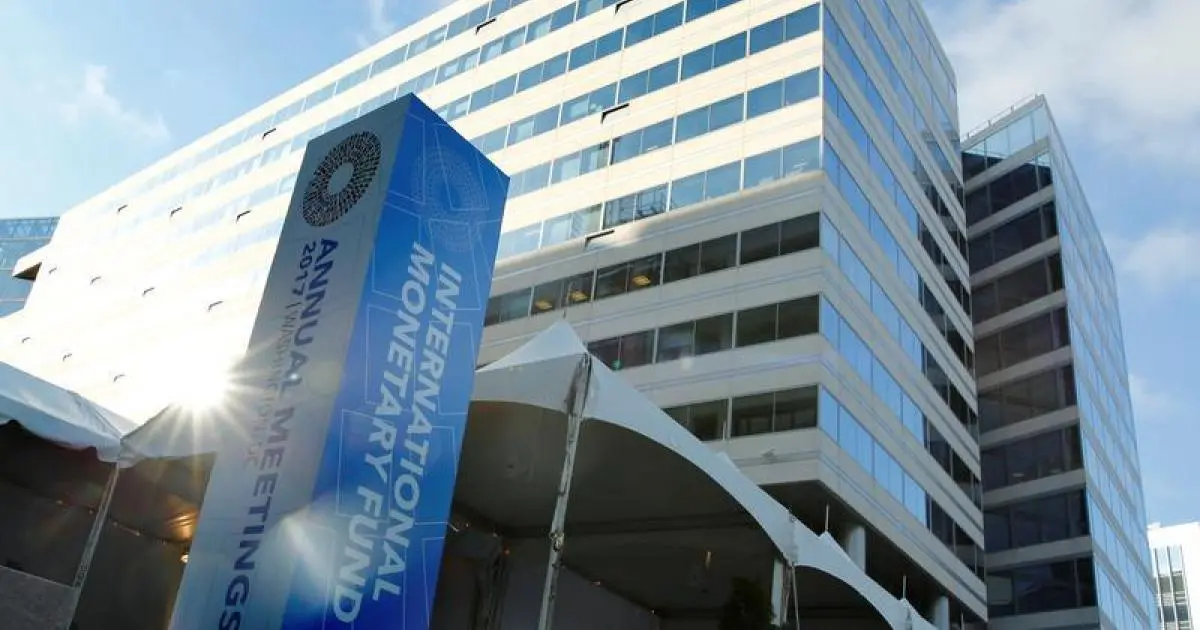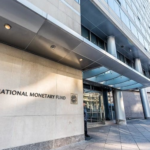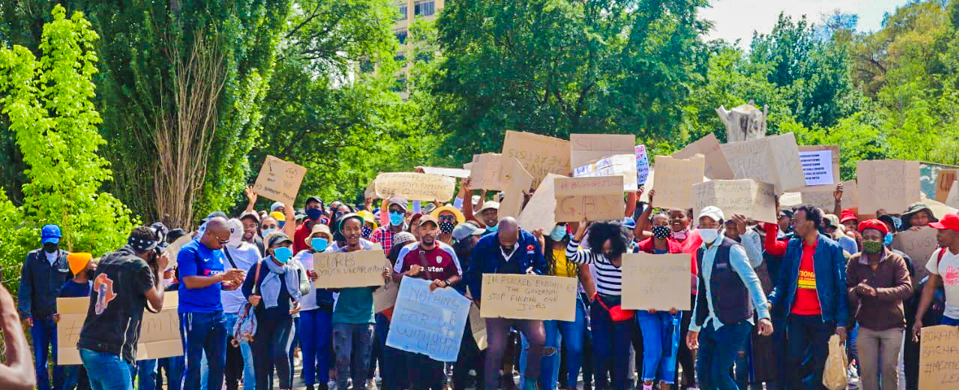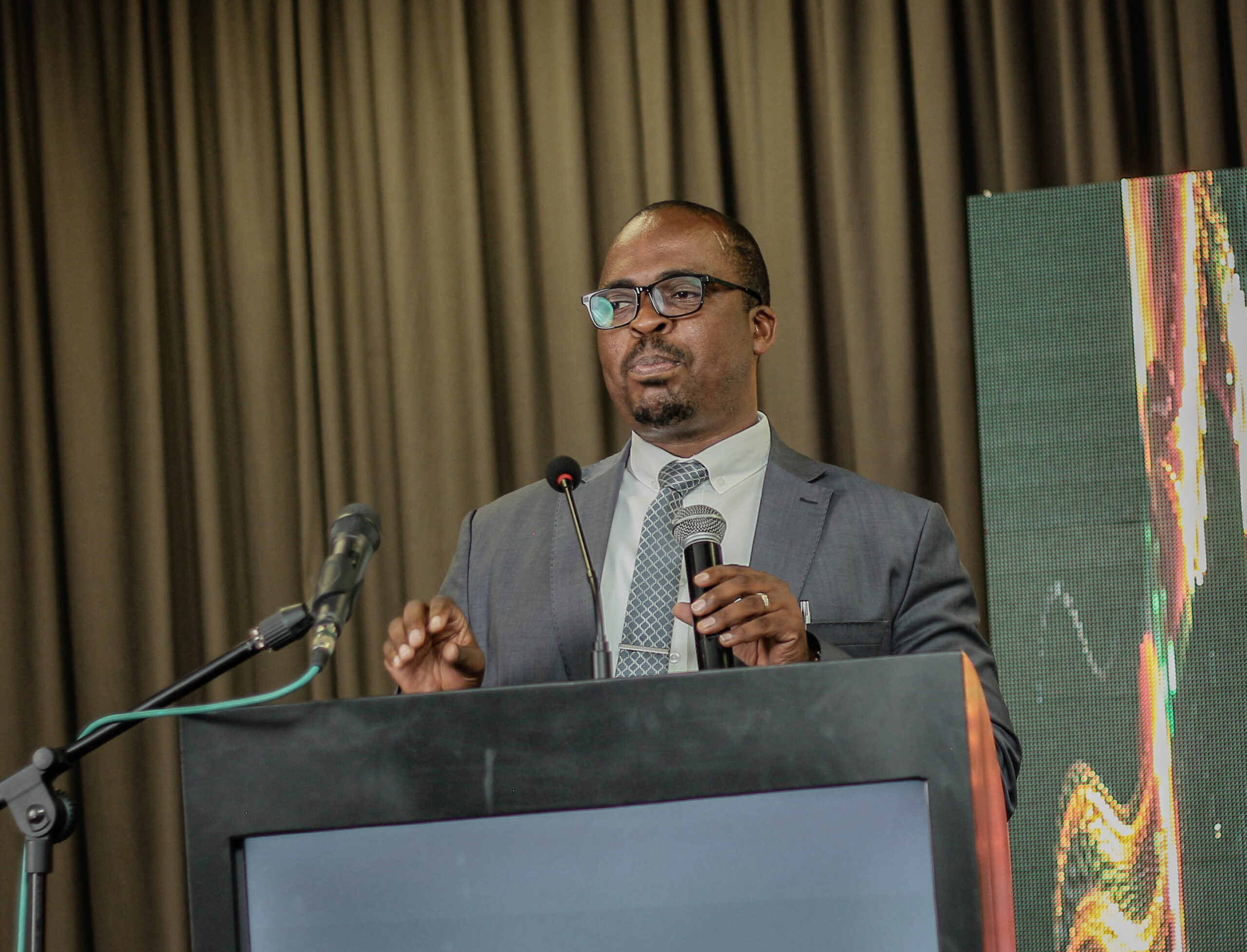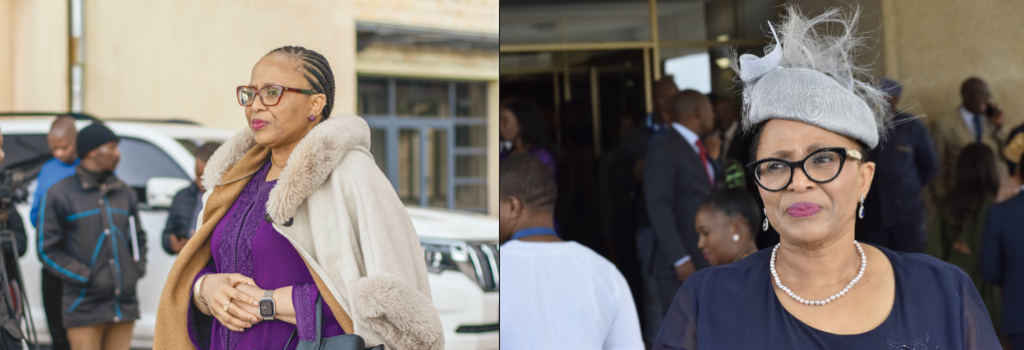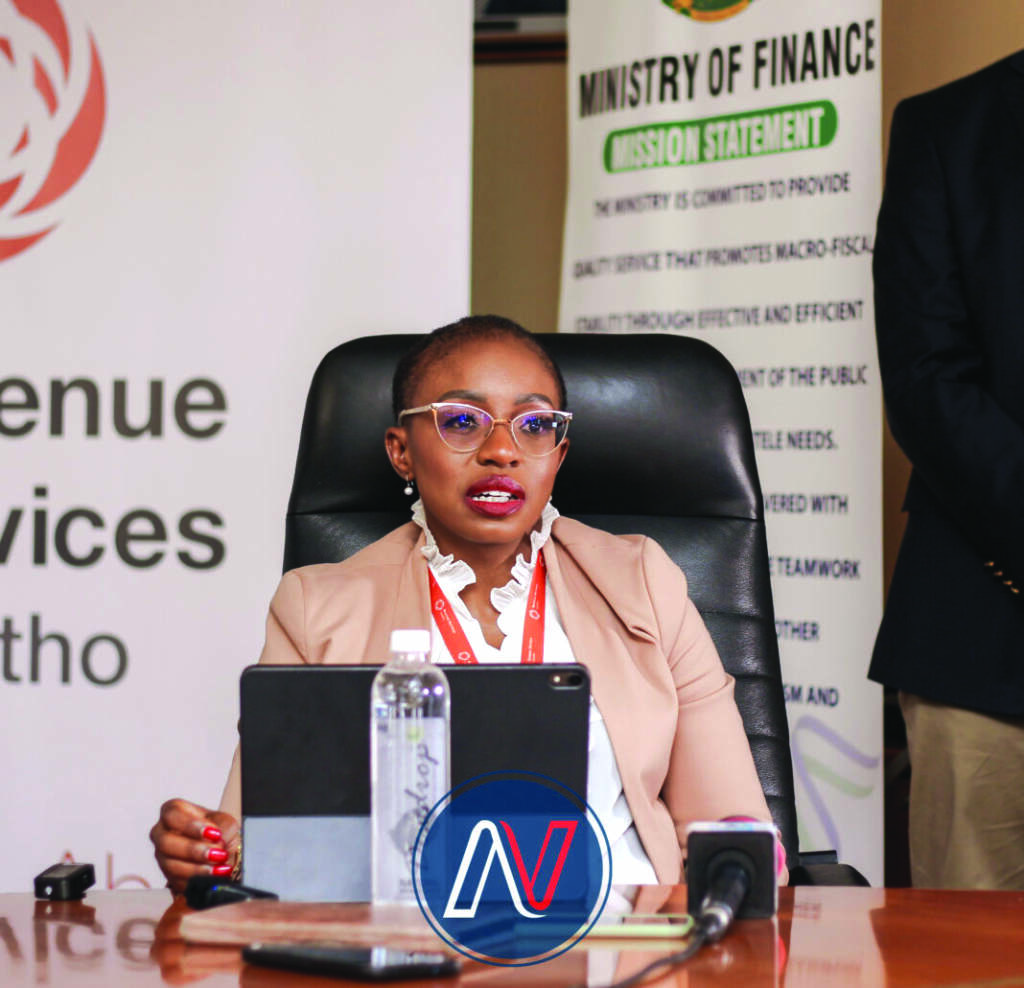Mohloai Mpesi
The Minister of Finance Thano Sofonea has rebuffed the International Monetary Fund report that reveals Lesotho 60% of public debt.
The report that released about a fortnight ago, indicates that Lesotho’s public debt ranges between 50 to 60% and is projected to balloon further. The report divulges that the deficit rule in combination with the outlook for nominal Gross Domestic Product (GDP) growth would determine that profile of the debt-to-GDP ratio and fiscal sustainability.
It is stated that Lesotho as a member of the Southern Africa Development Committee (SADC) is committed to a public debt convergence criterion of 60% of GDP and the latest IMF World Economic Outlook forecast for the next five years points to nominal growth recovering to around 5% a year, which is consistent with 3% of deficit.
When unpacking the budget speech contents to the press earlier this year, Sofonea indicated that Lesotho had managed to reduce its deficit from 13% to 7.5% while IMF approves only 3% of deficit.
“If one looks at our terms of trade as far back as 2012/13 and beyond, our exports have been increasing but at a very lower rate than what we import, merchandise exports in 2021/22 increased by 14.8% to M15.6 billion against imports of M26.6 billion, largely driven by diamond and textile exports.
“Preliminary estimates show that the current account deficit for 2022/23 will widen to M2.2 billion from M2.1 billion in 2021/22. The widening of the deficit will on account of expected decline in SACU revenue share from M6 billion received in 2021/22 to M5.8 billion,†he said.
The IMF report stipulated that on this basis, a deficit limit of 3% of GDP is consistent with stabilising public debt at 60% of GDP over the medium term. However, the size and volatility of Southern African Customs Union (SACU) transfers presents problems for a simple overall balance Based fiscal rule.
Confronted to shed light on the contents that puts the country at a devastating position and what the government is doing to curb the accruing public debt, Sofonea casted an impression of not being privy about the IMF report. Instead he said they (government) have a debt of 42.6% with which they are quite comfortable.
“Our debt ratio to GDP is 42.6% and we are comfortable with it,†he said.
While on the same note, the report further indicated that the government guarantees will be subjected to an overall limit of 5% of GDP and will not be allowed to borrow more.
“The government will not be able to borrow in the form of additional net borrowings or issue additional net guarantees beyond these ceilings. To provide adequate fiscal flexibility with respect to debt ceilings, a trigger level of debt limit is being established for public debt, excluding guarantees, at 50% of GDP, for public external debt at 35% of GDP, and for government guarantees at 3% of GDP.â€
IMF stated that when outstanding debt breaches this threshold, the government will be required to initiate a fiscal adjustment mechanism that will steer the debt below the threshold levels.
It continues that there are also older legislated limits still in force on external and domestic debt stemming from the 1967 Loans & Guarantees Act and subsequent Amendments (which place a very high limit on debt by stating that it must not exceed the past three years’ recurrent revenues).
Moreover, the World Bank Group’s Board of Directors issued a press statement on June 28, 2022 indicating that it has approved Lesotho’s $45million to increase access to business support services and financial products targeted at micro, small, and medium enterprises (MSMEs) and entrepreneurs, especially women and youth. It is said the project is co-financed by a Global Risk Financing Facility (GRiF) grant in the amount of $7.5 million.
In the release, the Minister of Trade and Industry Dr Thabiso Molapo is quoted saying that “…as our local businesses recover from the devastating impacts of the pandemic, a deliberate government intervention is crucial to stimulate MSMEs’ recovery and competitiveness.
“This project will provide a timely boost to these enterprises through a digitalization of Government to Business services; improved access to finance, especially for women and youth owned enterprises; a strengthened entrepreneurship ecosystem; and improved SMEs participation in horticulture and apparel value chains,†Molapo said.
According to the IMF report, to combat the high poverty and inequality, Lesotho spends more than twice the Sub-Saharan Africa (SSA) average on social programs. Over half of the social spending is geared toward education with the rest going toward food and pension transfers. Nearly two-thirds of households in Lesotho benefit from at least one social program and over 80% of poor households are beneficiaries.
World Bank report of 2021 advices that… “If Lesotho’s social spending was perfectly targeted, extreme poverty would be eliminated and the upper bound would be halved. Most of Lesotho’s social programs are well-targeted, with a significant impact on poverty.â€
The Monitory Fund report continues that social spending is progressive in Lesotho, with most benefits going toward the poorest households. Using fiscal incidence analysis, the Old Age Pension has the biggest impact on poverty, followed by the School Feeding Program, which also covers the highest number of poor households.
“The Child Grant and Public Assistance programs, while progressive, do not provide large enough transfers to significantly reduce poverty. Overall social spending reduces the poverty rate by 3.4 ppts at the upper bound line and by 6.5 ppts at the extreme line and reduces the Gini coefficient by 4.1 percentage points.
“A recent World Bank report found that more than 90% of the beneficiaries are classified as non-poor (World Bank 2021). The result is a social program that increases inequality and has a minimal direct impact on poverty.
“While the government offers universal primary education, secondary education is expensive, with 65% of the costs falling on households. Only 4% of secondary-age students receive the Orphan and Vulnerable Children Program (OVC) grants.
“…As a result, the FY17/18 household budget survey indicates that just 10% of the adult population has completed secondary education, with close to half of dropouts—indicating that cost was the main reason for quitting secondary school.â€
Summary
- It is stated that Lesotho as a member of the Southern Africa Development Committee (SADC) is committed to a public debt convergence criterion of 60% of GDP and the latest IMF World Economic Outlook forecast for the next five years points to nominal growth recovering to around 5% a year, which is consistent with 3% of deficit.
- Confronted to shed light on the contents that puts the country at a devastating position and what the government is doing to curb the accruing public debt, Sofonea casted an impression of not being privy about the IMF report.
- To provide adequate fiscal flexibility with respect to debt ceilings, a trigger level of debt limit is being established for public debt, excluding guarantees, at 50% of GDP, for public external debt at 35% of GDP, and for government guarantees at 3% of GDP.

Your Trusted Source for News and Insights in Lesotho!
At Newsday Media, we are passionate about delivering accurate, timely, and engaging news and multimedia content to our diverse audience. Founded with the vision of revolutionizing the media landscape in Lesotho, we have grown into a leading hybrid media company that blends traditional journalism with innovative digital platforms.


